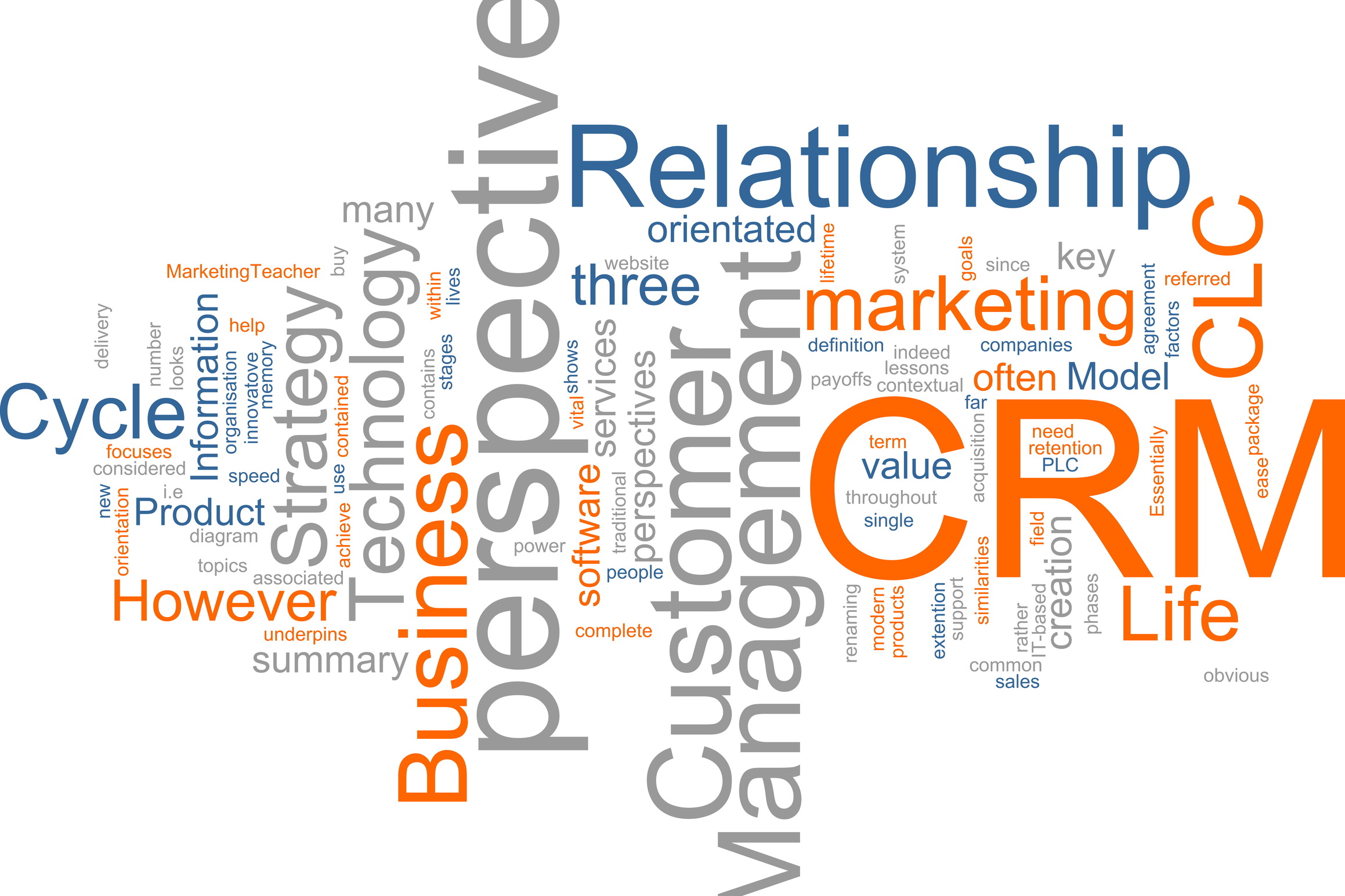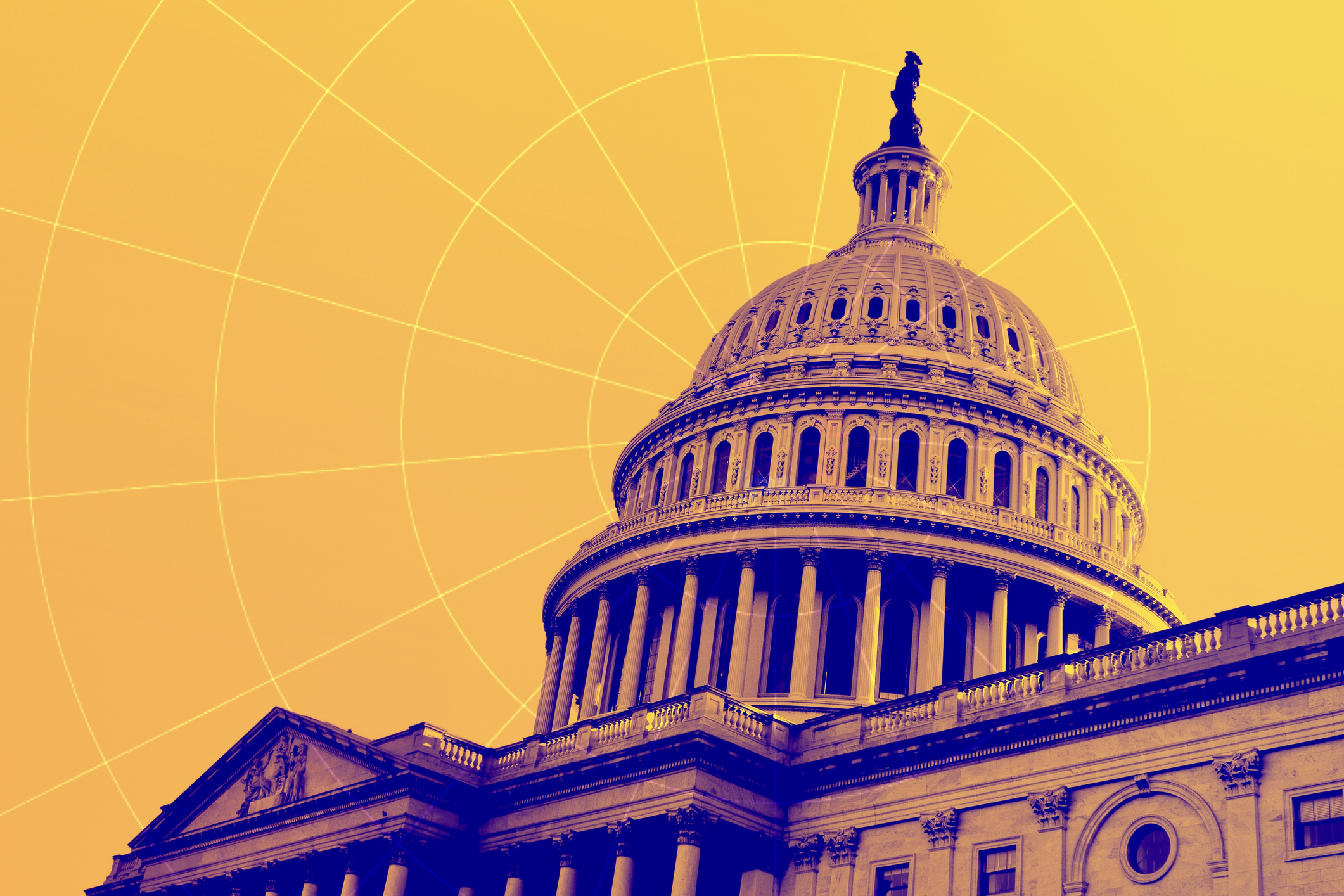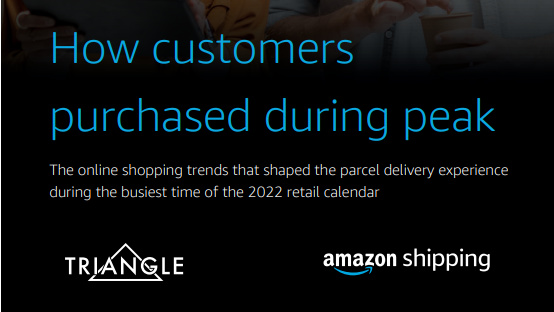Need to Know: CRM
CRM isn't any easy term to understand, but it's important for retail and other sectors.

Customer Relationship Management is a term bandied about by both businesses and those in charge of IT, but there's some confusion about what it is and what it's really for.
We examine what it has meant, what it does mean, and its relevance for businesses today.
What is CRM?
CRM started in about 1983 as an academic term, although it could go back even further. It was about being customer-centric' and very clearly a business strategy putting the customer first and at the centre of the organisation.
In the early 1990s it morphed from being about business strategy consulting into being more about implementing changes in sales, marketing and customer service.
It was by the middle of the 1990s when IT people started to get involved in CRM.
"I would say that when people are now talking about CRM, they are talking about the technology," said Gartner analyst Ed Thompson.
Get the ITPro daily newsletter
Sign up today and you will receive a free copy of our Future Focus 2025 report - the leading guidance on AI, cybersecurity and other IT challenges as per 700+ senior executives
"Lots of companies [still] talk about a customer strategy or a customer-centric strategy for CRM, and also for the technology used to support it... It's got a double-meaning, and that's why it's a bit complicated," he added.
In terms of a simple IT definition, it's probably easiest to think of CRM as methodologies, software and even internet tools that help businesses organise their relationships with customers.
Oracle, SAP, Microsoft and Salesforce.com all offer CRM software.
OK - so I know what it means, but how important is it for retail?
In terms of retail, Thompson said that CRM was less important than many might believe.
"CRM is not really a term that's caught hold in retail. It caught on in high-tech and in areas like professional services. The real big ones [that use CRM] are the banking, telco and insurance sectors."
In retail, he said that Customer Experience Management (CEM) was more relevant.
So what's the difference between CRM and CEM?
CRM had a broad set of goals but it was narrower on who it affected; it is more about sales, marketing and service people.
CEM is more about securing the goals of a customer and retaining them. This included areas such as websites, invoicing and the checkout processes.
"The person at the checkout isn't a customer service person or a sales person. They are a checkout person, but they are critical," said Thompson. "In any survey you do about customer service they will tell you that the most important things are the checkout process and how fast it is, and how much you have to queue."
Retailers also concentrated on how easy it was to find a product once you were in a store. This was in particular focus in DIY and high-tech, where customers might often need assistance.
Want to read more background on the latest IT topics? Click here for all the tech cheatsheets in our Need to Know series.
Click here to return to the main Focus On Retail page, or reading on to find out about Tesco's security, New Look's SOA and the top ten retail technologies.
-
 Bigger salaries, more burnout: Is the CISO role in crisis?
Bigger salaries, more burnout: Is the CISO role in crisis?In-depth CISOs are more stressed than ever before – but why is this and what can be done?
By Kate O'Flaherty Published
-
 Cheap cyber crime kits can be bought on the dark web for less than $25
Cheap cyber crime kits can be bought on the dark web for less than $25News Research from NordVPN shows phishing kits are now widely available on the dark web and via messaging apps like Telegram, and are often selling for less than $25.
By Emma Woollacott Published
-
 Nearly half of all digital initiatives still fail – here’s how you can learn from the ‘digital vanguard’ and deliver success
Nearly half of all digital initiatives still fail – here’s how you can learn from the ‘digital vanguard’ and deliver successNews With most digital initiatives are failing to deliver, CIOs are urged to work more closely with other executives
By Emma Woollacott Published
-
 IT services spending set to surge in 2025 as CIOs shift to AI partner solutions
IT services spending set to surge in 2025 as CIOs shift to AI partner solutionsNews Organizations are set to shift from buying generative AI solutions to implementing partner solutions, according to Gartner
By Ross Kelly Published
-
 Businesses still don’t know who’s accountable for AI at executive level
Businesses still don’t know who’s accountable for AI at executive levelNews Executives are unclear on where the buck stops in terms of AI management
By George Fitzmaurice Published
-
 Gartner reveals the top trends for government technology use in 2024
Gartner reveals the top trends for government technology use in 2024News Five key areas that public sector CIOs will need to address to improve citizen services
By Emma Woollacott Published
-
 Return to office mandates can be divisive - here are three things business leaders can do to help smooth the transition
Return to office mandates can be divisive - here are three things business leaders can do to help smooth the transitionAnalysis With return to office mandates having sparked major spats between workers and employers, leaders need to consider how they can make changes attractive and effective
By George Fitzmaurice Published
-
 Global IT spending set to reach $5 trillion in 2024 amid optimistic industry outlook
Global IT spending set to reach $5 trillion in 2024 amid optimistic industry outlookNews IT spending growth in 2024 is expected to be more than double that of 2023
By George Fitzmaurice Published
-
 What will drive IT spending in 2024?
What will drive IT spending in 2024?In-depth Generative AI spending is unlikely to be high despite the hype, but sustainable technology will become a bigger priority.
By Rich McEachran Published
-
 Preparing for peak: How customers purchased during peak
Preparing for peak: How customers purchased during peakwhitepaper The online shopping trends that shaped the parcel delivery experience during the busiest time of the 2022 calendar
By ITPro Published